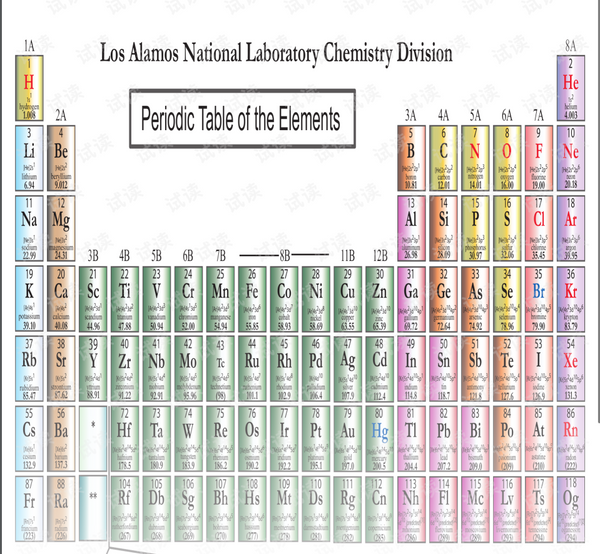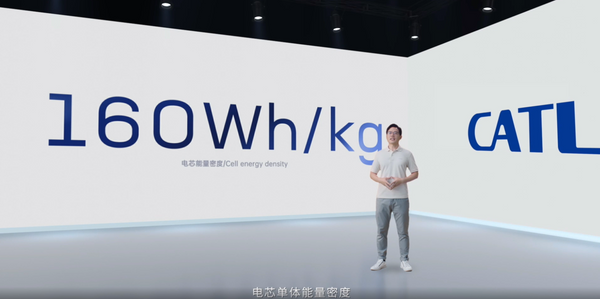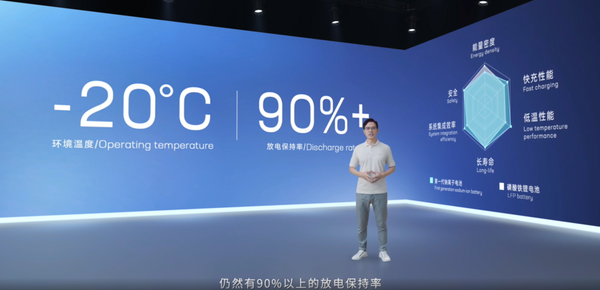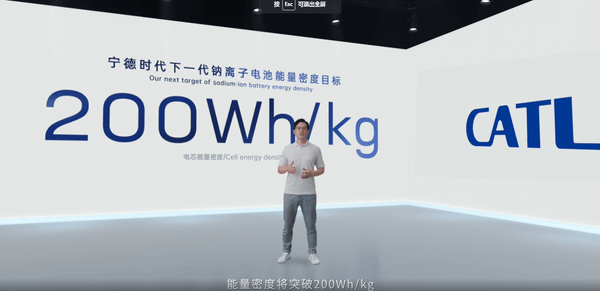Basic information of sodium ion battery
Metal sodium is a group IA metal like lithium, and it is also the second lighter group IA metal after lithium. If you want to challenge high-energy-density batteries, besides lithium, the next choice must be sodium.
Since sodium and lithium have only one electron in the outermost layer, the chemical properties of the two are also similar. In the last century, people have discovered that sodium-ion batteries, like lithium-ion batteries, can also be made to rely on ions in the positive and negative electrodes. A rocking chair battery that continuously shuttles and charges and discharges. However, due to technical limitations, sodium-ion batteries have not been commercialized as early as lithium-ion batteries.

Specifically, the main structure and production process of sodium-ion batteries are highly similar to those of lithium-ion batteries, and even the existing lithium-ion battery production lines can be slightly adjusted to produce sodium-ion batteries.
Why promote sodium ion batteries?
The reason for the emergence of sodium-ion batteries is to make up for the disadvantages of lithium-ion batteries. The advantages of the former are as follows:
1) Abundant resources, the crust content of metallic sodium is 440 times that of metallic lithium, and the global reserves are abundant.
2) Excellent safety performance, lithium has a small molecular weight and high activity, while sodium has a large molecular weight, so it is more stable.
3) Excellent low temperature and rate. The solvation energy of sodium ions is lower than that of lithium ions, so it is easier to deintercalate and intercalate in the positive and negative electrodes, which has better low-temperature performance and rate performance than lithium-ion batteries.
4) Compatible with current lithium battery equipment, lithium-ion battery companies are transformed into sodium-ion battery companies, and most of the equipment can be shared, thereby greatly reducing the cost of production line replacement.
5) The anode can use aluminum foil current collector. Lithium will form a powdered aluminum-lithium alloy with aluminum at low potential. Therefore, lithium ion batteries must use more expensive and heavier copper foil as the anode current collector, but sodium does not exist. The problem is that aluminum foil is used as the anode current collector, which can reduce production costs and increase weight energy density.
6) The electrolyte salt concentration is low, and the stokes diameter of sodium ions is smaller than that of lithium ions. Therefore, a lower sodium salt concentration can produce a conductivity similar to that of 1mol/L lithium salt.
Of course, sodium ion batteries also have inherent disadvantages:
1) Sodium ions are too large, so the battery energy density is low;
2) The industry supporting facilities are not complete enough, and there are not many companies that have the ability to supply in batches.
Introduction to positive and negative materials
The cathode materials are Prussian white and layered oxides, and the gram capacity has reached 160mAh/g, which is equivalent to the current cathode materials for lithium-ion batteries.
Among them, Prussian white contains elements such as Fe, C, N, Na, etc. The following figure roughly explains its working principle:
Another type of layered material is a familiar material in the lithium battery industry. Lithium cobaltate and ternary are all layered materials. Replacing the lithium with sodium is expected to be similar to the materials mentioned above.
The negative electrode material is an improved hard carbon with a gram capacity of 350mAh/g, excellent cycle performance, and the overall index is equivalent to the current mainstream graphite.
The electrolyte is a unique electrolyte that matches the positive and negative materials. There is no schematic diagram here. The electrolyte should be a unique technology of the Ningde era of sodium-ion batteries.
Manufacturing process is compatible with lithium batteries
This is a very important piece of information that will directly determine the future development scale of sodium-ion batteries. With more people on the track, the industry chain can develop better. The counter-example is the hydrogen fuel cell in Little Japan. China and the United States do not play with him. Some twenty years have failed.
Single energy density 160Wh/L

Dr. Huang Qisen emphasized that this is the highest energy density in the world at present. Although the energy density is still a certain gap compared with lithium iron phosphate batteries, it is also higher than the previously generally predicted level (≤140Wh/L).
80% charge for 15min at room temperature
Fast charging capability is also an inherent advantage of sodium-ion batteries. Of course, the press conference did not disclose whether this fast charging level was achieved at the highest energy density, nor did it mention temperature rise information, so the final mass production performance is still Need further observation.

-20°C discharge capacity above 90%
This is also the inherent advantage of sodium-ion batteries. Although the specific rate is not mentioned, it must be stronger than current lithium-ion batteries.

Mixed use of sodium ion batteries and lithium ion batteries
This mixed sharing method is the main focus of the Ningde era's news conference. After all, the previous performance introductions, even if the conference is not developed, everyone knows a little bit. But being able to install sodium-ion batteries and lithium-ion batteries in the same car to achieve hybrid sharing has indeed exceeded people's expectations.
After mixing and matching, the BMS accurate algorithm is used to control the balance of different battery systems, so as to learn from each other's strengths: it not only takes advantage of the high-power and excellent low-temperature performance of sodium-ion batteries, but also makes up for the lack of energy density to a certain extent. Disadvantage.
The energy density of next-generation products will reach 200Wh/L

Other problems with sodium ion batteries
Is the sodium ion battery breakthrough big?
The principle of sodium-ion batteries is basically the same as that of lithium-ion batteries. Therefore, the breakthrough must not have been thirty years ago. Lithium-ion batteries are as large as nickel-chromium and lead-acid batteries. However, the breakthrough 30 years ago was Nobel Prize-level. The change in batteries relative to lithium-ion batteries is enough to be regarded as the biggest change after the commercialization of lithium-ion batteries.
What is the biggest highlight of the conference?
It should be the hybrid technology of sodium-ion batteries and lithium-ion batteries. This technology allows sodium-ion batteries to easily catch up with the rapid development of lithium-ion batteries and continue to expand production. With the output, the solution of many problems is a matter of course.
Did the colleagues follow up?
Judging from the research and development capabilities of the Ningde era, it is unlikely that peers will follow up simultaneously. Even if Ningde says that the basic completeness of the industrial chain will not be until 2023, the R&D and manufacturing of other companies may take at least another year or two at night.
Will it have a big impact on the production chain?
At present, the positive and negative electrodes, electrolyte and lithium-ion batteries of sodium-ion batteries are quite different. The technical route of raw materials must be re-arranged and planned, but the production lines may be appropriately shared. According to the content of the press conference, sodium-ion batteries may be more friendly to the production line sharing of battery companies.
What are the future application scenarios?
Before the launch of the press conference, it is generally predicted that sodium ion batteries may be used more in energy storage and low-speed vehicles due to their low energy density. It is introducing the application of passenger cars. If the Ningde era can make better use of the sodium & lithium sharing technology, the prospects are naturally very broad.

